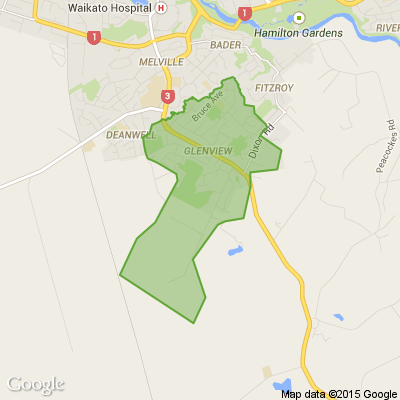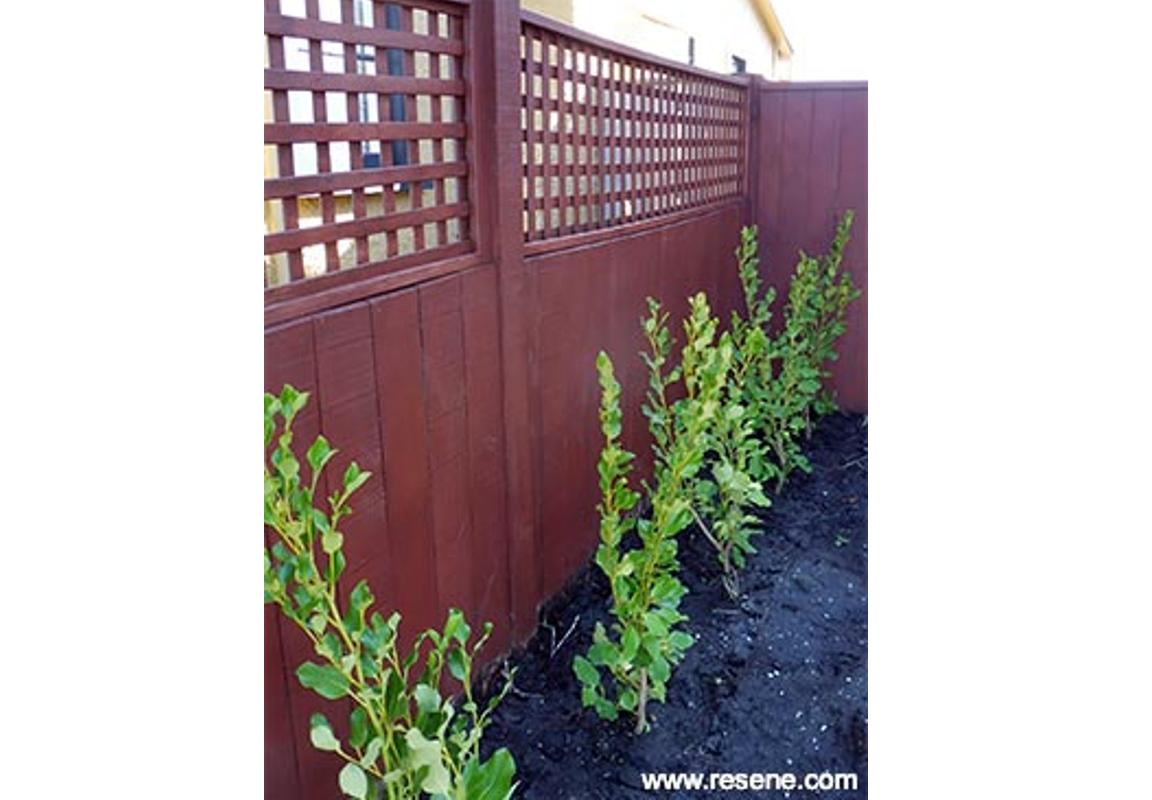
Know what’s happening
Access the private noticeboard for verified neighbours near you. Keep informed about any suspicious activity, send urgent updates to your neighbours when required and discuss emergency planning.
Get to know your neighbours
Browse the directory and start getting to know your neighbours. Don’t want to post to the whole neighbourhood? Send a private message.
Buy, sell and give away
Want to declutter your garage? Buy some used household items? Give away some garden stuff? Become a verified neighbour to browse and post items for sale. Trading is simple when everyone lives nearby.


Got any recipes for great festive treats?
Post them here!

Thank you for using Neighbourly
You may receive an email confirmation for any offer you selected. The associated companies will contact you directly to activate your requests.
Enjoy an Antipodes skincare duo (RRP$50) when you purchase a three-month subscription to the Sunday Star-Times for just $52.
Subscribe at mags4gifts.co.nz/antipodes Terms and Conditions apply.
Find out more

The Team Reporter from Hamilton Press
A new Hamilton housing goal would put the focus on intensification, aiming for 70% of new homes to be infill.
It's in the Hamilton Urban Growth Strategy, which will be consulted on.
Deputy mayor Geoff Taylor says it could "destroy" Hamilton but other senior councillors reckon … View moreA new Hamilton housing goal would put the focus on intensification, aiming for 70% of new homes to be infill.
It's in the Hamilton Urban Growth Strategy, which will be consulted on.
Deputy mayor Geoff Taylor says it could "destroy" Hamilton but other senior councillors reckon “wild West” intensification can be managed better to create more homes without too much clutter.
Read more here.

The Team from
It’s easy to give an old fence and trellis a new lease of life with Resene Waterborne Woodsman.
Find out how to create your own.

Cordwainer from Melville
Philips DVD player
Model DVD625K/751
Very good condition.
Includes remote and RCA cable
Price: $10
Cordwainer from Melville
First generation Apple TV box.
Using this generation model you can access a Netflix account without having a smart TV, but not You Tube or Spark Sport.
Includes apple remote
Price: $30

NumberWorks'nWords Hamilton Central
There's more to reading than learning to read. If you're struggling to get your child into reading, visit us in our centre and ask for tips and a recommended reading list for your child! ?

Talia from Melville
If you are needing air conditioning on your car, truck etc, we are completely mobile and can diagnose issues with your vehicles air conditioning, fix them on site, repair and replace components, degas and re-gas your ac system. Perfect for when you need your De-mister to clear your Windscreen … View moreIf you are needing air conditioning on your car, truck etc, we are completely mobile and can diagnose issues with your vehicles air conditioning, fix them on site, repair and replace components, degas and re-gas your ac system. Perfect for when you need your De-mister to clear your Windscreen during these cold winter mornings. Contact SJ 0223015636
Negotiable
Douglas Lineham from Cambridge Prostate Cancer Support Group
OUR GO DRY JULY PROGRAM (2022) IS ALMOST DONE
The GO DRY JULY program is supported by people who accept the challenge of going without alcohol for the month of July, hence the name GO DRY JULY.
In recognition of their abstinence the participants solicit donations from family, friends, … View moreOUR GO DRY JULY PROGRAM (2022) IS ALMOST DONE
The GO DRY JULY program is supported by people who accept the challenge of going without alcohol for the month of July, hence the name GO DRY JULY.
In recognition of their abstinence the participants solicit donations from family, friends, colleagues, business houses, and organisations in return for their commitment (and donations) to the fundraising program.
We are so close to the finish line for our GO DRY JULY, but there is still time to encourage more financial support.
Thanks to all of the very kind people that have supported us with their donations. If you are one of those people, you have our gratitude and respect.
Currently, we have raised $1200, but with further support we would like to reach the sum of $1800. The money is so vital for the work we undertake getting the message out to all the men of New Zealand on the subject of prostate cancer.
The Prostate Cancer Foundation relies on these funds along with sponsorship, business donations, bequests from estates, and any other funding opportunity we can sight.
Any donation amount is appreciated and will help make a difference to the lives of people affected by prostate cancer in practical and tangible ways.
All donations will be recognised and those over $5.00 will receive a receipt for tax purposes, just click one the links below, you choose.
www.dryjuly.co.nz...
www.dryjuly.co.nz...
www.dryjuly.co.nz...
Thank you in advance for of your ongoing support of us and this very worthwhile project. Please help us to save lives from prostate cancer.
Kind regards and very best wishes
Ron Greenwood on behalf of
Prostate Cancer Support Group - Cambridge
Phone 027 276 0336
todd from EarthDiverse
EarthDiverse is pleased to announce a new Literature course entitled “Spies and Villains, Heroes and Heroines: Russian Characters in Spy Thrillers from 1880-2000" with Jillene Bydder.
This course is a survey of spy thriller fiction published between 1880 and 2000. It sets the books in … View moreEarthDiverse is pleased to announce a new Literature course entitled “Spies and Villains, Heroes and Heroines: Russian Characters in Spy Thrillers from 1880-2000" with Jillene Bydder.
This course is a survey of spy thriller fiction published between 1880 and 2000. It sets the books in their historical context and shows how their depiction of Russian/Soviet characters as heroes or as villains reflects the politics of the time in which the books were published. Spy thrillers also document our own social history and reveal many important and/or quirky issues for us to think about. For instance, why were so few thrillers with Russian settings or characters published during the world wars when Russia/the Soviet Union was our ally?
This course is offered in-person at the EarthDiverse Centre in Hamilton, New Zealand on Wednesdays from 11:00am-1:00pm (NZ time) beginning 3 August, or on-line (live-streamed) via Zoom from anywhere in the world. Some representative time zone equivalents are:
• Honolulu, Hawai’i: 1:00-3:00pm, Tue 2 Aug
• US Pacific: 4:00-6:00pm, Tue 2 Aug
• US Eastern: 7:00-9:00pm, Wed 3 Aug
• London, UK: 12:00-2:00am, Wed 3 Aug
• Bangkok, Thailand: 6:00-8:00am, Wed 3 Aug
• Singapore: 7:00-9:00am, Wed 3 Aug
• Sydney, Australia: 9:00-11:00am, Wed 3 Aug
This course is offered weekly for 8 consecutive weeks.
Register now on our website and check out all of our other courses!

Millstream gardens get the bulk of the plants used in making their herbal remedies from their gardens, gathered wild from their land in Hawkes Bay, supplemented with plant matter or extracts that they buy in. The beeswax, Sunflower Oil, and Essential Oils such as Lavender Oil, all come from local … View moreMillstream gardens get the bulk of the plants used in making their herbal remedies from their gardens, gathered wild from their land in Hawkes Bay, supplemented with plant matter or extracts that they buy in. The beeswax, Sunflower Oil, and Essential Oils such as Lavender Oil, all come from local and NZ producers.
Buy their range in store and on line

The Team from Red Cross Shop Five Cross
All our cook books are 1/2 price so come on in and see what deliciousness you can find!
We are open 9-4.30 Monday to Friday
9-4 Saturday
10-3 Sunday
You never know what you will find be it books,shoes, clothes or linen
todd from EarthDiverse
We currently teach Hindi courses at Introductory, Intermediate and Conversational levels, with our new Beginners Hindi 101 cohort beginning Tuesday 2 August. All of our courses are available in-person (Hamilton, New Zealand), globally live-streamed via Zoom, or if the times don't suit your … View moreWe currently teach Hindi courses at Introductory, Intermediate and Conversational levels, with our new Beginners Hindi 101 cohort beginning Tuesday 2 August. All of our courses are available in-person (Hamilton, New Zealand), globally live-streamed via Zoom, or if the times don't suit your schedule or location you can watch the live-recorded video sessions at your leisure available the next day and study at your own pace. Check out our Hindi and our other language courses (Arabic, Dutch, German, Hebrew, Japanese, Mandarin, Portuguese, Spanish, Swahili, Tamil, Thai, Urdu and Vietnamese), as well as our arts, humanities, literature, religion and environment courses all beginning next week on Monday 1 August.

Matihiko/Tech Support Librarian from Glenview Library Mangakootukutuku
We’re moving to winter hours from Monday (1 August) while we experience high staff shortages due to illness. All libraries will close at 1.30pm on Mondays and 5.30pm on the other weekdays. Our weekend hours remain unchanged.

Matihiko/Tech Support Librarian from Hillcrest Library Manga-o-nua
We’re moving to winter hours from Monday (1 August) while we experience high staff shortages due to illness. All libraries will close at 1.30pm on Mondays and 5.30pm on the other weekdays. Our weekend hours remain unchanged.

Matihiko/Tech Support Librarian from Hamilton Central Library Te Koopuu Maania o Kirikiriroa
We’re moving to winter hours from Monday (1 August) while we experience high staff shortages due to illness. All libraries will close at 1.30pm on Mondays and 5.30pm on the other weekdays. Our weekend hours remain unchanged.

 Loading…
Loading…
Are you sure? Deleting this message permanently removes it from the Neighbourly website.
 Loading…
Loading…
© Neighbourly 2025
